Premium Only Content
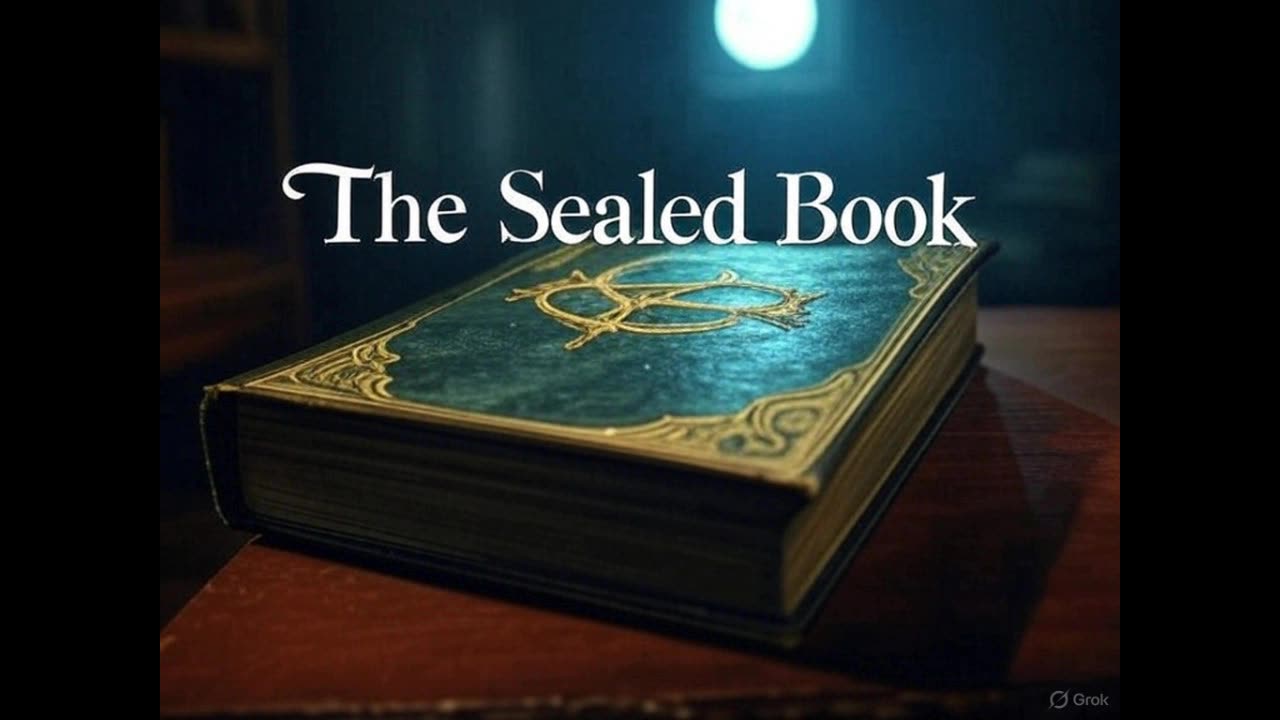
The Sealed Book: The Hands of Death (March 18, 1945)
Setting: A contemporary (1945) American setting, likely a gloomy mansion or urban estate, with scenes in shadowy rooms, such as a study or attic filled with macabre artifacts. The episode uses sound effects like creaking doors, ominous footsteps, dripping water, and eerie organ music to create a suspenseful, horror-laden atmosphere.
Plot:
Introduction: The episode opens with the sound of a great gong, signaling the start of the tale. Host Philip Clarke, as the “Keeper of the Book,” delivers a dramatic narration, describing how the “mysteriously silent keeper” opens the secret vault containing the great sealed book, which holds “all the secrets and mysteries of mankind through the ages.” He introduces “The Hands of Death,” a “tale of murder, of madness, of dark deeds strange and terrible beyond all belief.”
The Premise: The story centers on two brothers, Edward and Cain Morlock, whose bitter rivalry drives a deadly plot. Edward, a wheelchair-bound eccentric, is a collector of murder relics—knives, ropes, and other grim souvenirs. Cain, a brutish murderer recently released from prison, was cheated out of his inheritance by Edward years earlier. Edward orchestrates a scheme to add Cain’s hands to his collection, luring him to the mansion under the pretense of reconciliation. The “hands of death” refer to Cain’s hands, which committed murder, and Edward’s twisted plan to possess them as trophies.
Escalating Horror: Cain arrives, suspicious but greedy, expecting a share of the family fortune. Edward manipulates him, possibly drugging or trapping him, while revealing his morbid obsession with murder artifacts. The tension builds as Cain realizes Edward’s true intent—to kill him and preserve his hands. Supernatural elements may emerge, such as ghostly voices or cursed relics in Edward’s collection, amplifying the horror. Sound effects like clanking chains, a heartbeat, or a knife sharpening heighten the suspense, with scenes of Cain’s growing panic in the mansion’s claustrophobic spaces.
Climax and Resolution: The climax involves a deadly confrontation between the brothers. Cain, enraged, might attempt to kill Edward, only to fall victim to a trap—perhaps a rigged device or a supernatural force tied to Edward’s relics. The twist, typical of Arthur and Kogan’s scripts, could reveal that Edward’s plan backfires, with both brothers meeting a grisly fate, or that Cain’s hands take on a life of their own, fulfilling the “hands of death” prophecy. The episode concludes with Philip Clarke’s narration, reflecting on the brothers’ greed and madness, warning listeners that “crime always brings its own retribution.” The gong sounds again, sealing the book until the next tale.
Themes: The destructive power of greed and rivalry, the horror of obsession, and the inevitability of retribution. The episode blends psychological horror with supernatural undertones, exploiting fears of betrayal and the macabre.
Cast and Roles:
Edward Morlock: Played by an unnamed actor, likely a Mutual Network regular, portraying the wheelchair-bound, cunning brother with a sinister, cultured tone, masking his twisted obsession with murder relics.
Cain Morlock: Played by an unnamed actor, depicting the brutish, volatile ex-convict with a gruff, menacing voice, driven by greed and rage.
Supporting Characters: An ensemble of unnamed actors, possibly including:
Servant/Accomplice: A creepy butler or aide to Edward, voiced with a nervous or ominous tone, assisting in the scheme.
Minor Roles: A detective, neighbor, or ghostly voice, voiced by the ensemble to add context or supernatural dread.
Host/Narrator (Keeper of the Book): Philip Clarke, delivering the opening and closing narrations with a melodramatic, foreboding tone, framing the story’s horror and moral lesson.
Note on Cast: The Sealed Book rarely credited actors beyond Clarke, relying on a pool of New York-based radio talent shared with The Mysterious Traveler. Performances were exaggerated to suit the series’ sensational style, with sound effects carrying much of the terror.
Production Details:
Music: Eerie organ music, likely composed by Mutual’s in-house musicians, opens and closes the episode, with suspenseful stings accentuating dramatic moments. The score enhances the gothic, horror-filled mood, similar to Inner Sanctum Mysteries.
Writers: Robert Arthur Jr. and David Kogan, known for their work on The Mysterious Traveler, crafting a tale that blends crime, horror, and supernatural twists, likely recycled from their earlier scripts.
Producer/Director: Jock MacGregor, ensuring the episode’s tight 30-minute pacing and immersive sound design, a hallmark of Mutual’s mystery series.
Sound Effects: Critical to the episode, including creaking doors, ominous footsteps, dripping water, clanking chains, a heartbeat, or knife sharpening, creating a vivid, macabre atmosphere. The “hands” might be emphasized with rustling or grasping sounds.
Sponsor: None, as The Sealed Book was typically a sustaining program, airing late Sundays on Mutual stations, supported by the network’s commitment to dramatic programming.
World and National Events Around March 18, 1945:
To provide context for the broadcast, here are key world and national events occurring in mid-March 1945, reflecting the intense wartime climate that shaped listeners’ perspectives:
World Events:
World War II – European Theater: The Allies were closing in on Nazi Germany. On March 7, U.S. forces captured the Ludendorff Bridge at Remagen, securing a critical Rhine crossing. By mid-March, Allied troops were advancing into Germany, with heavy bombing raids, like the March 16–17 raids on Berlin, weakening German resistance. Radio news emphasized the war’s nearing end in Europe.
Pacific Theater: The Battle of Iwo Jima (February 19–March 26, 1945) was nearing its conclusion, with U.S. Marines securing the island by mid-March at a high cost (nearly 7,000 U.S. deaths). The battle’s intensity, reported on radio and in newspapers, underscored the Pacific war’s brutality, with the upcoming Okinawa invasion (April 1) looming.
Holocaust Revelations: As Allied forces liberated Nazi concentration camps, early reports of atrocities emerged. By March, camps like Buchenwald (liberated April 11) were nearing liberation, with U.S. radio beginning to convey the Holocaust’s horrors, though full details were still unfolding.
Yalta Conference Aftermath: The Yalta Conference (February 4–11) agreements, including plans for Germany’s division and the United Nations, were prominent in March news. Radio broadcasts highlighted Roosevelt’s vision for peace, though U.S.-Soviet tensions over Poland’s government were growing.
National Events:
War Mobilization: The U.S. was at peak wartime production, with rationing of gas, food, and clothing ongoing. War bond drives, promoted on radio, urged civilian support, while factories produced tanks, planes, and ships around the clock.
Japanese American Incarceration: By March 1945, some Japanese Americans began returning home after the December 1944 Supreme Court ruling against internment, but many remained in camps like Manzanar. Radio and press debates reflected mixed sentiments on the policy’s reversal.
Entertainment and Morale: Hollywood and radio boosted morale. Films like The Keys of the Kingdom (December 1944) and A Tree Grows in Brooklyn (February 1945) were popular, while radio shows like The Jack Benny Program and Fibber McGee and Molly mixed humor with patriotic messages. The Sealed Book’s horror offered escapism from war’s stress.
Sports and Culture: The 1945 NCAA basketball tournament (March 22–27) saw Oklahoma A&M win, providing a distraction. Frank Sinatra’s hits, like “Saturday Night (Is the Loneliest Night of the Week),” dominated airwaves, reflecting the era’s vibrant music scene.
Cultural Context: Aired near the end of World War II, “The Hands of Death” provided a thrilling escape for American listeners grappling with the war’s toll, from Iwo Jima’s casualties to anticipation of Germany’s defeat. The episode’s themes of greed and retribution resonated with wartime moral narratives, as the nation sought justice against Axis powers. Its macabre setting, evoking gothic mansions and murder relics, tapped into the 1940s fascination with pulp horror, akin to Tales from the Crypt comics or House of Wax precursors. The series’ late Sunday slot, typically for family fare, made its horror a bold contrast, drawing listeners seeking thrills amid wartime optimism and anxiety. The connection to The Mysterious Traveler ensured a familiar, pulpy appeal for radio horror fans across the U.S.
-
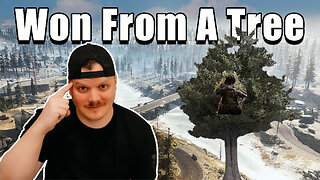 15:51
15:51
GritsGG
17 hours agoWinning a Warzone Match From a Tree! #1 Player's POV!
24.6K3 -
 2:31:01
2:31:01
The Connect: With Johnny Mitchell
1 day ago $43.23 earned"It's About To Get Worse"- CIA Agent Andrew Bustamante Explains Why It's Time To Leave America
61.2K83 -
 16:21
16:21
The Pascal Show
1 day ago $5.07 earned'THE FEDS MADE THIS UP!' Candace Owens Drops BOMBSHELL Pushing Back On Details In Charlie Kirk Case
27.9K30 -
 LIVE
LIVE
Lofi Girl
2 years agoSynthwave Radio 🌌 - beats to chill/game to
271 watching -
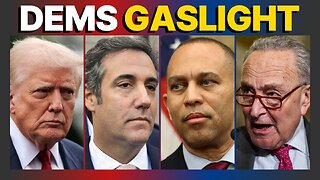 25:39
25:39
DeVory Darkins
16 hours ago $23.91 earnedMass shooting erupts in Michigan as bombshell study shows left wing political violence skyrocketed
66K136 -
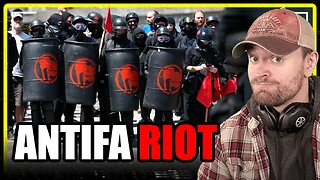 5:55:33
5:55:33
MattMorseTV
14 hours ago $137.89 earned🔴Portland ANTIFA vs. ICE.🔴
192K399 -
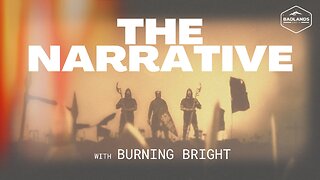 3:13:00
3:13:00
Badlands Media
1 day agoThe Narrative Ep. 40: Acceleratia.
92K37 -
 6:57:01
6:57:01
SpartakusLIVE
13 hours ago#1 Solo Spartan Sunday || TOXIC Comms, TACTICAL Wins, ENDLESS Content
72.4K5 -
 49:45
49:45
Sarah Westall
12 hours agoComedians take Center Stage as World goes Nuts w/ Jimmy Dore
52.6K28 -
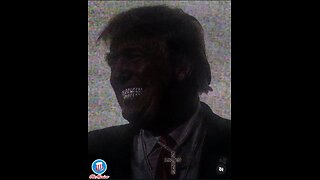 3:26:14
3:26:14
IsaiahLCarter
20 hours ago $13.30 earnedAntifa Gets WRECKED. || APOSTATE RADIO 030 (Guests: Joel W. Berry, Josie the Redheaded Libertarian)
58.3K4